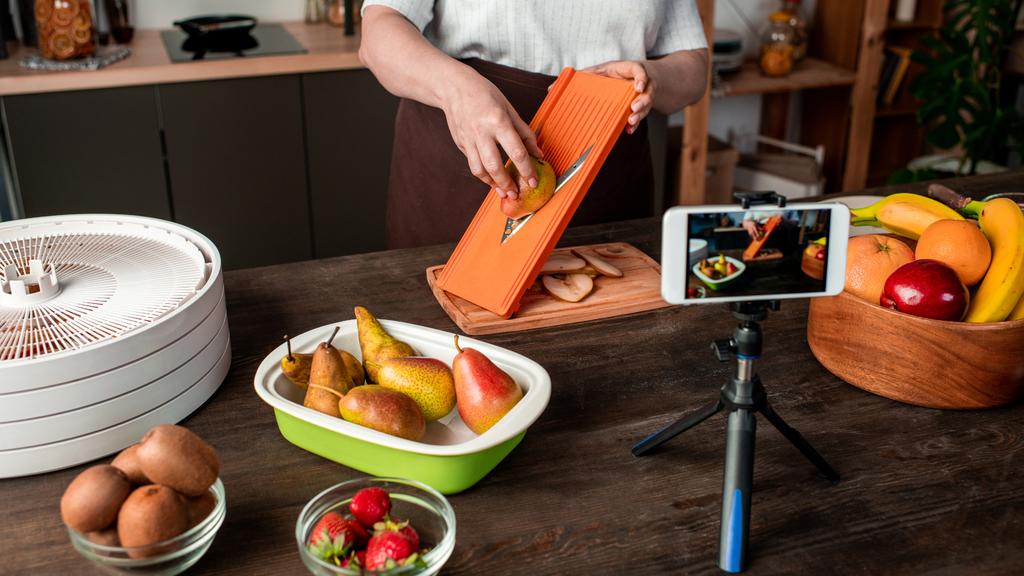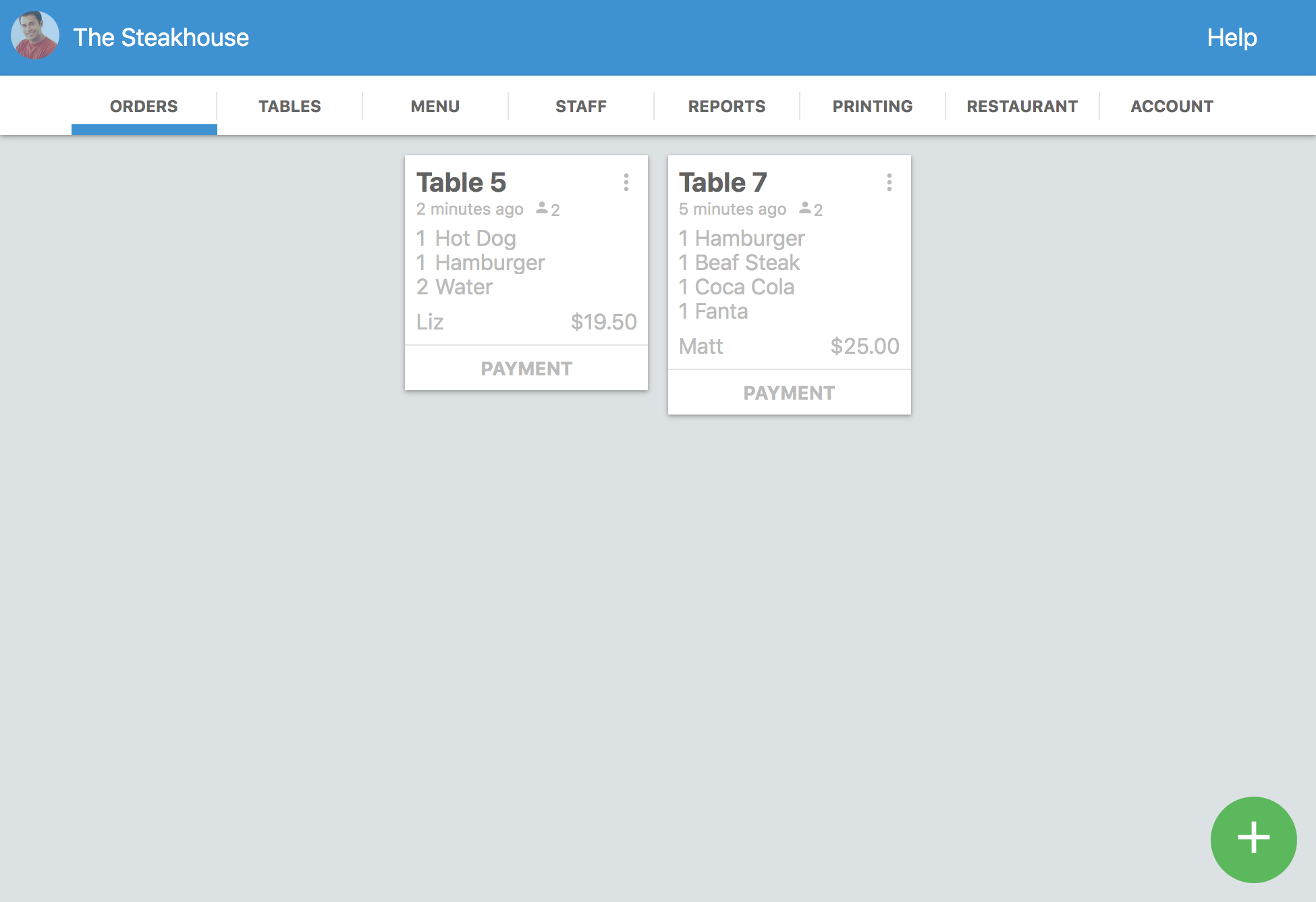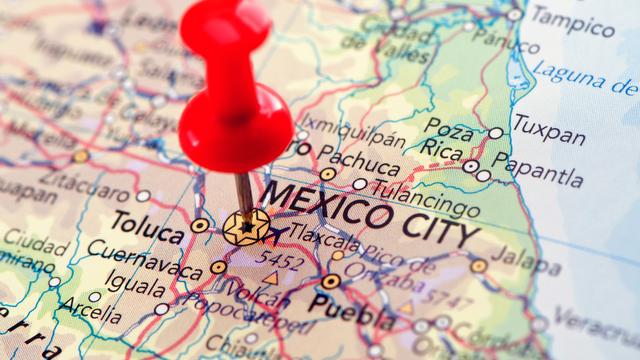Video content is among the most engaging types of content you can create for your restaurant. They pair well with social media to maximize conversions, improve restaurant traffic, enhance your brand, and more. But, the truth is that not every restaurant is applying this strategy even though they should. In this article, I’ll tell you about the following:
- The benefits of using video content for restaurant marketing
- The different types of video content that have proved to be effective
- Tips you can use to create solid video content and how to use it
- And the different challenges you might face and their respective solutions
When you finish reading this article, you’ll be equipped with the tools you need to start creating effective video content and implement them in your restaurant’s marketing strategy. Don’t miss out on the opportunity to attract new customers, reach new audiences, and improve your restaurant’s profitability with a tailored video marketing strategy. Let’s create it!
Benefits of Using Video Content for Restaurant Marketing
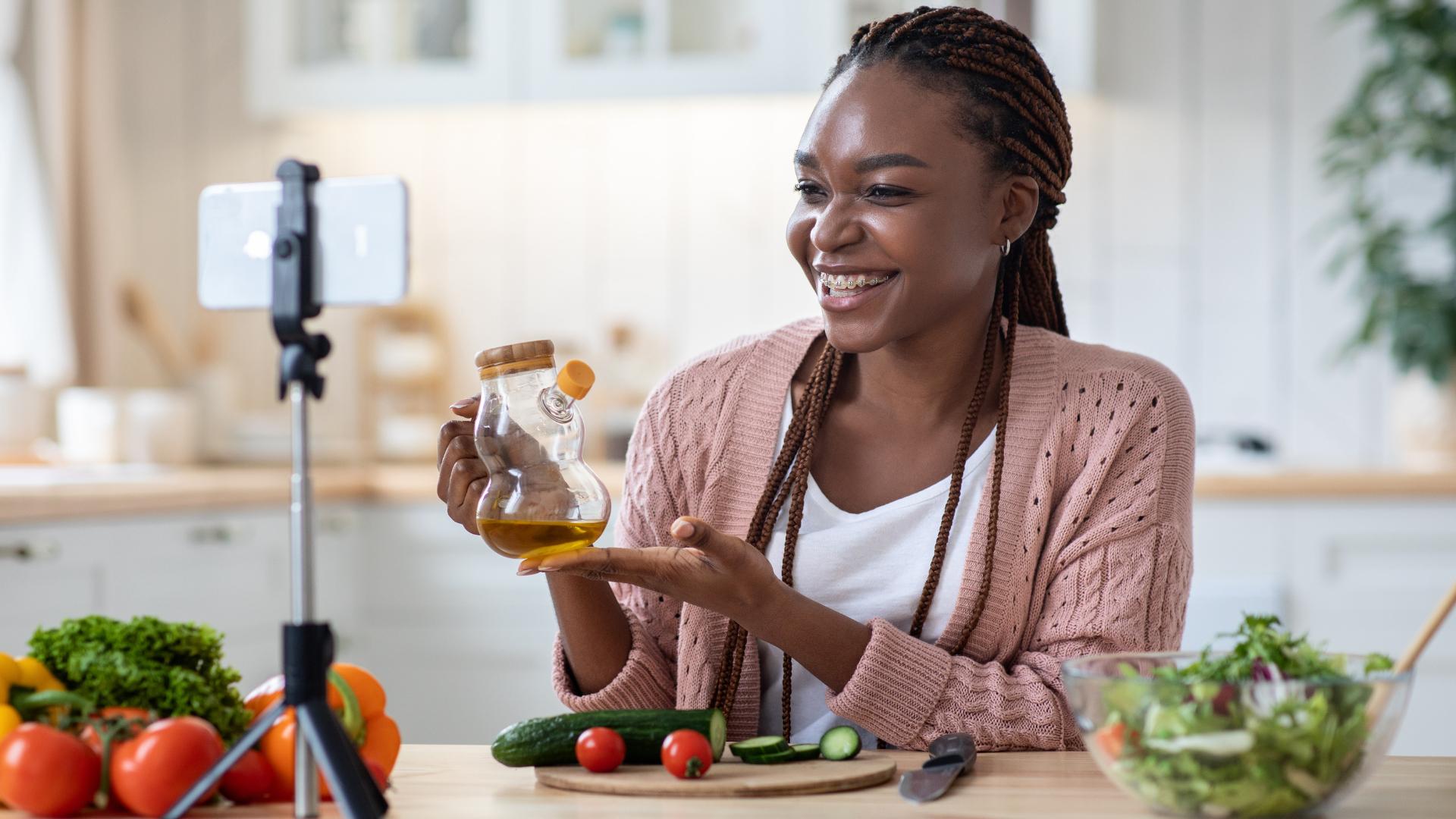
Video content has been part of marketing strategies for decades, but never before has it had the unbridled potential it has nowadays. With a single video, you can reach thousands and even millions of people if you apply the right techniques. Video content also offers the following benefits:
- Better engagement: Videos are much more effective than written words – you can show rather than tell. Considering that attention spans have been steadily dropping in the last few years, short-form video content has become one of the most consumed forms of entertainment. Taking advantage of this to market your business is almost mandatory!
- Improved conversion rates: Since you’re showing your products instead of telling your customers about them, the content becomes more enticing, convincing, and overall better to build trust. That directly leads to improved conversion rates and sales.
- Better brand awareness: Video content can be packed with branding to ensure your restaurant’s colors, the emotions it evokes, its name, logo, and more stay longer in the mind of the customer. If they remember your brand, they’re more likely to buy from you.
- Cost-effective: Creating video content has never been easier and cheaper. If you don’t want to pay extra to outsource content creation, a camera phone, free video editing tool, and practice can take you a long way. Pair that with social media and other free marketing tactics and you can reach your audience for less, without decreasing effectiveness.
Those benefits are what make video content marketing so important. Regardless of your current strategy, you need to use video (and other visual media) to improve your restaurant in numerous ways. Additionally, this is a strategy you don’t want to miss out on because it’s likely that your competition is doing it, and you’ll need every competitive advantage you can get.
Types of Video Content for Restaurant Marketing
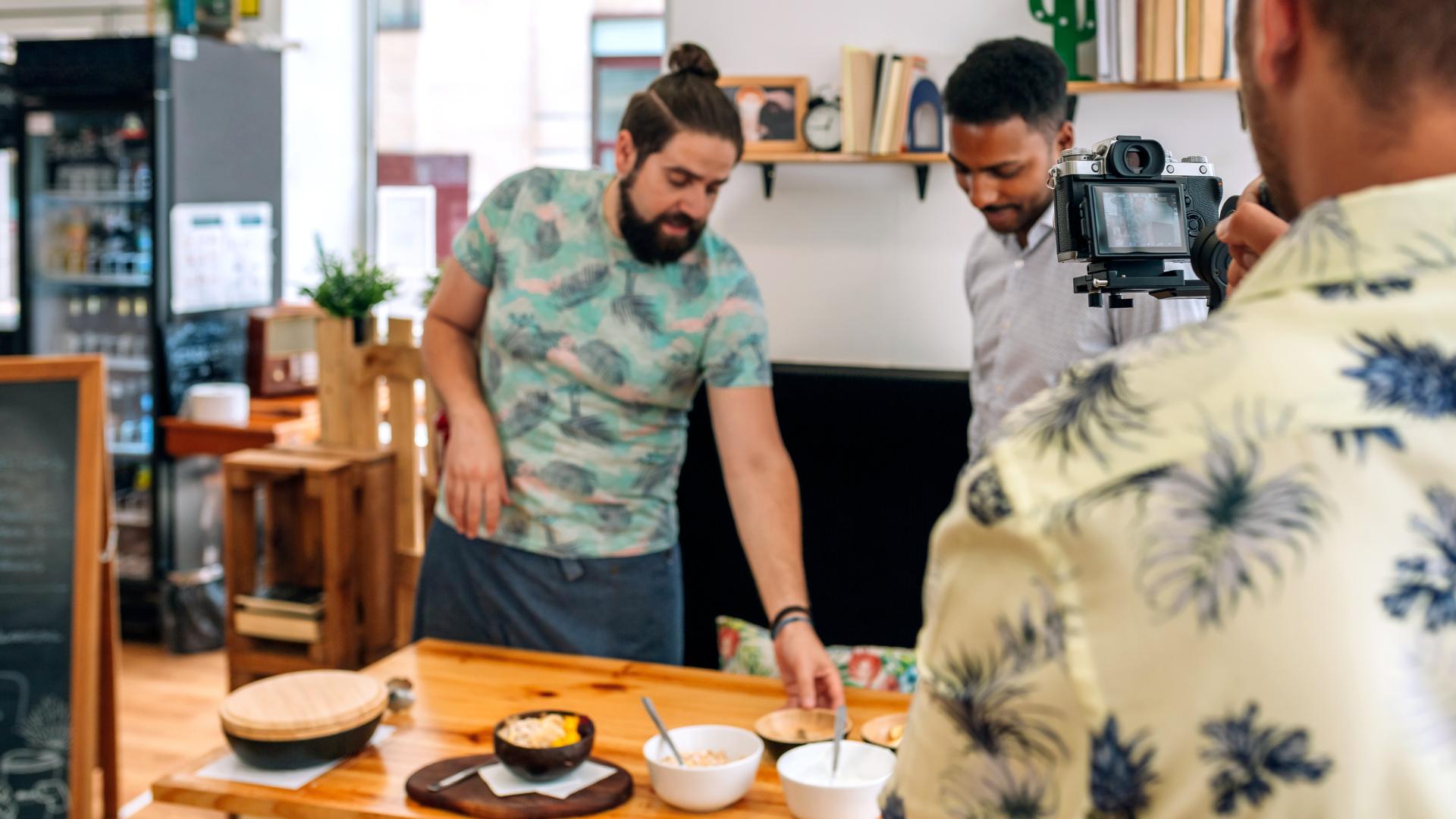
There are several types of video content you can create for your restaurant. Of course, some types of video make more sense than others for a restaurant – you don’t have to create a tv show for it or a full-fledged video podcast. Instead, you can focus on the four following types of content:
- Promotional videos: They are the most common type of video content restaurants and other businesses use. They are used to promote specific deals, dishes, the service, and more, and they can be effective. However, with customers being more informed about marketing strategies and less interested in ads, common promotional videos have fallen out of favor. Still, with extra creativity and knowledge about your customer base, they can be effective.
- Recipe videos: These are usually shorter than five minutes and describe ingredients, procedures, and more used in a restaurant to create your customer’s favorite dishes. They can be useful to gain a following, but it’s rather hard to target specific audiences with them. Use some sort of localized paid advertising in social media to target your customer base to improve their effectiveness.
- Behind-the-scenes videos: These are the best format you can use to build trust, introduce your staff members, and show your customers your restaurant’s values, vision, and mission.
- Food showcase videos: A short video showcasing a specific dish from your restaurant can be amazing to improve its sales. You don’t have to detail every step to prepare it, but you can showcase how it’s plated and its final presentation. A well-made showcase video can convince your customers to order the dish much more – paired with some menu engineering, that can skyrocket your profits.
Other videos you can use that I didn’t mention are long-form recipe videos, testimonials, staff and main chef interviews, and more. We wouldn’t encourage these so much because some of them can be uncomfortable for your customers, they can disrupt your restaurant’s production and schedule, and more. Still, if you think they’d be beneficial, try them out.
Steps to Create a Tailored Video Content Strategy for Restaurant Marketing
You must approach the creation of a video content strategy for your restaurant methodically. There are a few proven steps that can help you work out the details of the content strategy. Some restaurants make the mistake of not using consistent branding and brand voice across the different strategies and channels they use. The video marketing strategy will be more effective if it matches the current marketing strategy you’re applying.
1. Define goals and target audience

If you already worked out the details with your overall marketing strategy, then you don’t need to perform a different marketing analysis or discover a different target audience. Instead, you will find out specific details about your target audience that can help you target it better as you move along the steps. However, you must define specific goals for this particular strategy. Using the S.M.A.R.T strategy is a good idea to establish said goals or define them more clearly. Here I’ll share some examples:
- Reducing the cost of the marketing strategy by testing and comparing the effectiveness of video content creation and the current strategy.
- Improving sales of a specific dish by a percentage between 5% and 10% in one month.
- Gaining a following of one thousand local potential customers over three months using video content creation for Instagram.
All of these goals meet the requirements and are completely achievable with the right strategy – now, it’s only a matter of figuring out the strategy part.
2. Research the competition

Your competitors, if they are applying a video content strategy, are always a good source of information. You can scout their social media and gather the following data:
- Most viewed videos
- Average followers
- Average views per video
- Most liked content
- Most shared content
- Most commented content
- The ratio of positive vs. negative comments
- Favored video content format
- Video composition and regular sequences
Even if you only check and gather that data from your top three competitors, you’ll have enough to start defining your content. You’ll find what works out, what isn’t well received, the most successful video content ideas, formats, sequences, compositions, and much more. Keep in mind that the more similar your target audiences are, the better the information you will get.
3. Determine messaging and tone
To determine these you must use three sources of information – your customer's data (buyer personas and other marketing data you have gathered), your current branding strategy, and the data you gathered in the previous step. All of these will allow you to come up with a tone that resonates with your target audience, make your restaurant approachable, and convey your message effectively. This is something you can determine to apply generally to all the videos you produce or individually for every video. I recommend that you do this for each video. Even though it’s more work, it will achieve the specific goal of the video more efficiently.
4. Choose video types and platforms
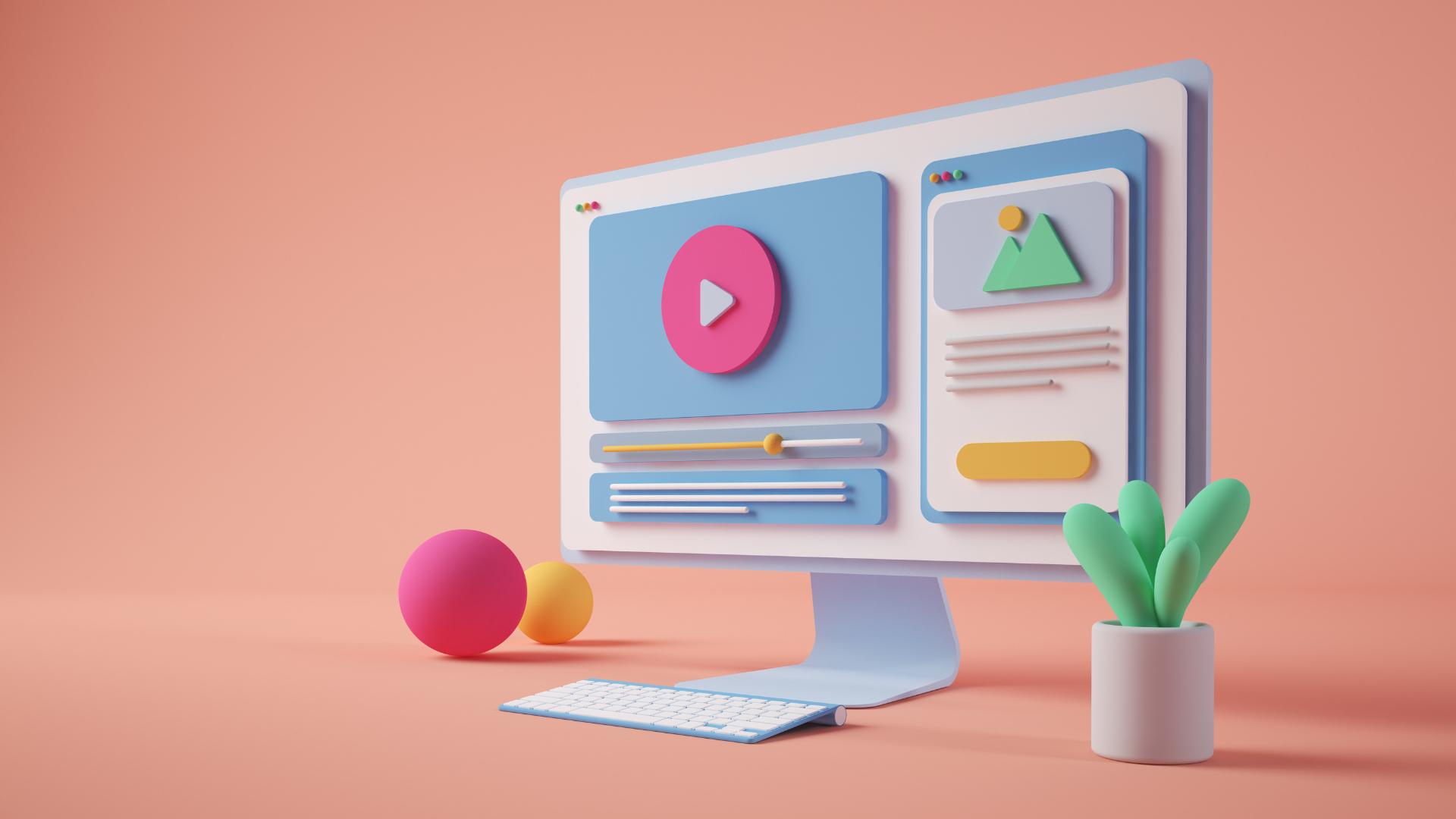
Video types and platforms go hand in hand – YouTube doesn’t deliver letters and Twitter isn’t a podcast platform. Instead, you must define a format that works for every platform individually. Here are some examples of what I mean:
- Posting short content on YouTube isn’t as effective as posting it on TikTok or Instagram.
- However, Instagram favors higher-quality content than TikTok.
- TikTok is amazing for short-form vlog-type content, which you can use for behind-the-scenes videos.
- The videos you should post on Facebook are more in line with the videos you can post on YouTube. They are slightly longer, more promotional, and with a bit more production value. Clear examples of this are recipe videos and staff interviews.
- Each of these platforms works with different video sizes – failing to optimize a video for a specific platform will decrease its quality significantly.
Those are a few general tips and examples, but still, you must approach this considering as many details of your specific situation as you can. Also, your customers will likely stick to one or two of these platforms, so perform proper research, or your videos won’t hit home.
5. Create a content calendar and start your strategy

Content calendars are very useful because they allow you to both plan the content creation and posting, as well as to experiment with the different posting times, days, and more. They can also give your strategy consistency, which is an advantage to measuring your progress in the last step.
6. Evaluate and adjust
Monitoring your strategy is vital to make adjustments after you post the videos. The best part is you don’t need to put a lot of thought into this step because the data of your video’s performance is available at no cost across different platforms. Views, likes, comments, shares, percentage of video viewed, engagement, reach, viewer data, and more will all be part of this. You can make numerous changes to your strategy, even if it’s a strategy to test the waters. If you’re successful, allocating more budget to your strategy can improve your results, too. Some changes don’t need you to invest more. For example, you can change the details of the video’s composition, like the music, voice actors, pace, and more to make the video more engaging. Just make sure you learn how to read the data properly, understand its meaning, and implement accurate changes to improve your numbers. There are also a lot of other marketing strategies that are compatible with this, such as SEO, SEM, localized and personalized ads, and more.
Tips for Creating Effective Video Content for Restaurant Marketing
Now that you have the steps you must consider to create an effective video content strategy, let’s talk about actual food video creation. Creating videos is both a science and a creative process – finding a balance between both can help you create the perfect videos for your business. There are also a lot of techniques involved, from basic panning and zooming to advanced color science and practical special effects to improve the appearance of the food on camera. But, the truth is, testing the waters with basic video productions is the best way to get started. Of course, I don’t mean the basic videos you can create without editing. Instead, I mean videos you can produce with basic editing skills, software, and equipment. Below, I share a few starter practical tips you can use for your first videos:
1. Get basic equipment

Buying basic equipment is something I recommend because, even if it’s cheap or not the best, it can make a huge difference. There are tons of equipment you can buy to improve the quality of your videos, but the most important items are the following:
- Lighting equipment: Simple lighting kits can be very cost-effective and efficient in lighting the scene of your videos. Of course, make sure to assess your needs and do some research before making a choice. We might make a dedicated article for this in the future.
- Camera: If you have a phone with a nice camera, it can do the trick, especially if it’s a newer flagship model. That is enough to get you started. If you see success in the long term, you might want to look into an affordable camera that provides better quality.
- Microphones: Lapel microphones are low cost and can improve the quality of your audio by a lot. Make sure you do proper research, find some recordings with said mics, and compare them to your phone’s camera to make sure it’s an upgrade.
- Tripods: A simple tripod can bring stability to your videos, which is a big part of what gives them a more professional look. However, if your main goal is to do vlogs and live videos, you can skip them.
You can buy all of these items for less than USD 500 (not including a phone) and start your content creation journey.
2. Learn about simple effects and techniques

There are several recording techniques you can use to improve the quality of your video. That can be anything, from close-up recording to panning. They are simple but can make a big difference in the way people interact and engage with your videos because it makes them more dynamic.
3. Learn about basic editing
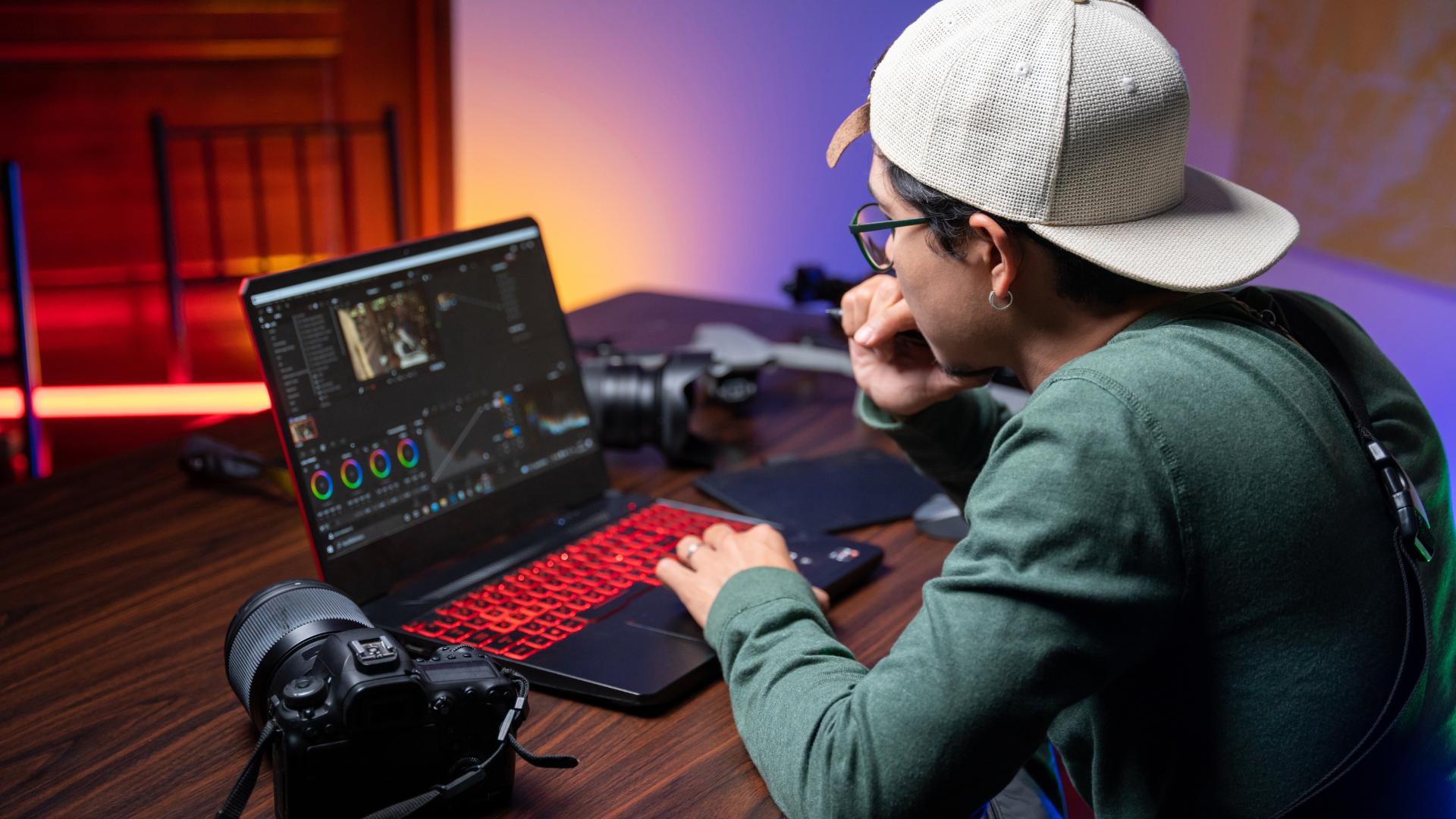
This is pretty simple. Editing can be done on a computer or even on your phone. My recommendation is that you pick free software to get started, such as DaVinci Resolve free version or VSDC open source editing software if you’re on a desktop or laptop. If you want to do it on your phone, you can go with either VITA or KineMaster. There are many other options to choose from, but they will all have things in common. Stick to one and learn the following:
- How to cut and edit out segments of videos
- How to create transitions
- How to use basic effects like digital zooming, panning, fade in, fade out, and more
- How to work with audio – muting video, increasing or decreasing volume, and adding more tracks like free music or voiceovers
Most people who consume video content have a basic sense of what looks good. Play around with the software and your first recording until you achieve something that you can publish!
4. Keep it short and sweet
Attention spans are short nowadays, so keeping the videos under two minutes will ensure maximum engagement. It will also make your first attempts much easier to record, edit, and post.
5. Be authentic
Authenticity is key in building customer relationships, so avoid overly scripted or sales-y videos. To be precise, this doesn’t mean you should not create scripts – it means that you should play with the delivery until it sounds natural. To achieve this, you can omit scripts and use pointers instead.
6. Ultimate Alternative: Outsource Everything

There are professional videographers that can create videos for your restaurant. You can always study this option, especially if you compare it to the cost of creating the content yourself, the time it takes, and more. You can also help new videographers gain experience, which can provide you with above-average quality videos and better prices. Another thing you can do is outsource voiceovers if you plan to use narration. There are thousands of voice actors available on freelancing platforms like Upwork or Fiverr. Of course, keep in mind that the cost of outsourcing is likely going to be higher, even if you go with the most affordable outsourcing.
Challenges and Solutions for Using Video Content for Restaurant Marketing

As with any type of marketing, there can be several drawbacks and hurdles. The most common challenges you’ll face when creating video content for a restaurant are the following:
- Budget constraints: So far, we’ve mentioned two options – do it yourself or outsource it. Doing it yourself gives you plenty of options that outsourcing doesn’t, but you might end up sacrificing quality if you have no experience or creativity. Both options still come with a price tag, and even if you go with the cheapest option, you might not be able to justify the extra cost.
- Time constraints: Recording videos in a busy restaurant is not efficient. That means you’ll have to create plans to record, take special considerations, use as much help as you can from your staff, and more. This might be troublesome if you open your doors to steady traffic every day.
- Not complementing the video content with other strategies: Video content is of no use if you don’t complement it with your current marketing strategy or new strategies. That’s a full-time job and something that might be out of your budget and skills. And without other strategies, your videos might get lost in all the social media noise.
Even though these might be discouraging, here are some solutions:
- Study your marketing strategy and allocate budget from other areas of your business to content creation or outsourcing. If your current strategy is not effective, allocating the budget to a new idea is beneficial.
- Open your restaurant earlier and pay extra time to the employees you’ll need (if you do) to create the content. You can also do it on a day off to avoid distractions and time constraints.
- If you’re already overseeing social media posts or have a community manager for your business, you can instruct them to create a strategy that includes video content as well. You provide the content, and let them handle the posting, presentation of audits, optimization, and suggestions.
Showcase your restaurant with engaging videos
Even if you find it difficult to include this work in the workload you’re already handling, video content creation is worth the effort. Some restaurant owners and managers don’t even bother to take these steps and still get amazing results with an iPhone and recording videos at random for TikTok. Showcasing your restaurant on social media with enticing videos not only exposes it to regular people, but you can also get lucky and attract a new generation of content creators and influencers that have changed businesses. A very clear example would be food critic Keith Lee and his hilariously monotone restaurant reviews. As simple as they might be, they have skyrocketed small restaurants into recognition. And so many of them have been discovered or recommended to him due to simple videos like the ones you can create. Are you willing to take those odds?
